National
Exploring Lumbini’s untapped potential
Ministers, business community leaders and experts come together to discuss how realising Lumbini’s potential can boost the country’s economy.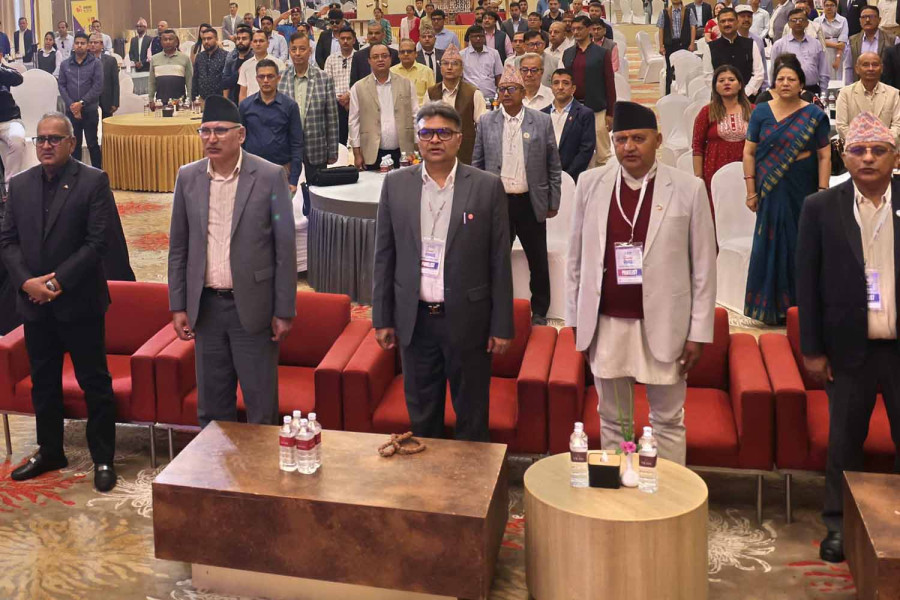
Post Report
Federal and provincial ministers, business community representatives and experts have stressed the need for expediting infrastructure development in Lumbini Province and exploring its untapped potential that would help the country make a great stride towards prosperity.
Speaking at ‘Lumbiniko Samarthya’ (or Lumbini’s potential), a one-day event organised by Kantipur Media Group in Bhairahawa on Wednesday, they emphasised the need for bringing the Gautam Buddha International Airport into full-fledged operation and completing the Butwal-Narayanghat road expansion, among other things.
Deputy Prime Minister and Finance Minister Bishnu Prasad Paudel said that the Gautam Buddha International Airport will soon operate at full capacity.
Delivering a keynote speech at the event, Paudel spoke about the important decisions made to ensure the airport becomes fully operational in the near future.
“Initially, there was controversy over why the Gautam Buddha International Airport was needed. Even during its construction, there were doubts about whether it would be completed. But we completed it, and now it is a fully functional international airport,” Paudel said.
“Now, once again, there are doubts about whether the airport will operate at full capacity. Some are claiming that the investment has gone to waste. But this is not true. We will soon prove that it will operate at full capacity.”
Paudel explained that the current terminal, though small, will be converted into a domestic terminal while a new terminal will be built for international flights. He added that this would make it the largest international airport in Nepal, with adequate infrastructure to support its operations.
“We’ve held several meetings with stakeholders and authorities to discuss how to utilise the airport fully,” Paudel said. “Important decisions have been made [regarding the airport], with some already implemented and others currently in progress.”
He also said that the government is bringing special discount packages for international airlines to encourage operations from the airport. Discussions with various international airlines are also ongoing, he said.
Delivering opening remarks, Kailash Sirohiya, chairman of Kantipur Media Group, urged leaders to take serious initiatives for the immediate regular operation of the airport.
“There is no other option than to regularly operate the airport, which promises to change people’s livelihoods and contribute to the country’s economy,” he said.
He urged key stakeholders to expedite efforts to open the international flight routes and improve the airport’s functionality.
Sirohiya pointed out the challenges that hinder tourism growth, including inconsistent flight schedules from Kathmandu and the underdeveloped Butwal-Narayanghat road. “The widening of the Butwal-Narayanghat road has been prolonged for nine years, which is a prime example of our lack of focus on development,” Sirohiya added. “This road must be completed to support the tourism sector.”
Meanwhile, the first session of the event explored the challenges in production, slow infrastructure development and unstable policies. The session included Bhumishwar Dhakal, minister for physical infrastructure development of Lumbini Province; Rajesh Agarwal, industry committee chairperson of the Federation of Nepalese Chambers of Commerce and Industry; Shobhakant Paudel, finance joint secretary; and Mausami Shrestha, executive director of Srinagar Agro Farm Ltd.
Speaking at the session titled ‘Lumbini’s Strength: Economic and Political Coordination’, Lumbini Province’s Chief Minister Chet Narayan Acharya highlighted the region’s vast potential for tourism and agriculture. He described Lumbini as ‘Mini Nepal’ due to its diverse geography, from the mountains to the plains, and its significance as the birthplace of Buddha.
Acharya underscored Lumbini’s rich historical and cultural value, with Buddhism attracting global visitors and Hinduism adding another layer of religious tourism.
He also pointed out the province’s potential in agriculture, noting that Lumbini serves as Nepal’s ‘food basket,’ producing essential crops from its fertile plains. “Lumbini is not only historically important but also has immense untapped potential in tourism and agriculture,” Acharya said. “With three national parks and varied landscapes, the region has all the qualities to boost Nepal’s economy.”
Home Minister Ramesh Lekhak acknowledged the slow implementation of economic reforms outlined in the constitution. While praising political achievements, Lekhak emphasised that economic development had been delayed due to both international challenges and domestic inefficiencies. He stressed the need for swift action to realise Lumbini’s full potential, particularly in the fields of infrastructure development and policy stability.
Further addressing the economic challenges in Lumbini, former chief minister Dilli Bahadur Chaudhary voiced his concerns about the lack of commitment from policymakers regarding the full operation of Gautam Buddha International Airport.
Chaudhary claimed that limited political will and bureaucratic inefficiencies had prevented the airport from reaching its potential, leaving both investors and local businesses in limbo.
In the meantime, local business leaders like Chandra Prakash Shrestha, the coordinator of the Lumbini Province Hotel Association, echoed similar concerns, accusing political leaders in Kathmandu of hindering the operation of the airport by prioritising narrow interests. Shrestha stated that although the airport’s infrastructure had been ready, it was not functioning to its full potential, jeopardising the region’s economic growth and tourism prospects.
As the region pushes for broader reforms, educational and health sectors in the province continue to see prioritisation. Butwal Sub-Metropolitan City Mayor Khel Raj Pandey expressed pride in the local development initiatives, especially in education, where the municipality allocates a significant portion of its budget to enhance schools and healthcare services.
“Education and healthcare are at the forefront of our development priorities,” Pandey stated, mentioning that Butwal now hosts over 91,000 students in schools, marking it as a centre of educational excellence.
Leaders at the event unanimously agreed that a collective effort from both public and private sectors would be vital to unlocking Lumbini’s full potential, positioning it as an economic powerhouse within Nepal.
The speakers also underscored the need for stable policies, enhanced infrastructure, and stronger public-private collaboration to drive industrial growth in the province.
Lumbini Province Minister for Physical Infrastructure Development Bhumishwar Dhakal said discussions were underway with industrialists regarding developing an industrial corridor in the province.
Dhakal acknowledged that despite efforts to promote industrialisation, entrepreneurs faced challenges such as inadequate infrastructure, policy instability, and high operational costs.
Rajesh Agarwal, industry committee chairperson of the Federation of Nepalese Chambers of Commerce and Industry, highlighted that despite multiple inaugurations of two industrial zones over the past two decades, their full potential remained unrealised due to unstable policies and lack of proper implementation.
He pointed out that frequent policy shifts and bureaucratic hurdles had deterred investors and hindered industrial growth. Agarwal stressed the need for a long-term industrial strategy, improved transportation networks, and reduced operational costs to enhance regional competitiveness.
Likewise, Finance Ministry Joint Secretary Shobhakant Paudel said linking industrial zones with the airport and major trade routes would transform Lumbini into a key economic hub. He said that over Rs200 billion had been spent on infrastructure development in Bhairahawa and that the private sector should actively participate to ensure economic returns from these investments.
Also speaking, Mausami Shrestha, executive director of Shreenagar Agro Farm Ltd, called for policy reforms to facilitate large-scale agricultural ventures.
She highlighted the difficulties in acquiring land and obtaining regulatory approvals, which discouraged investors from expanding their businesses. Shrestha emphasised that addressing bureaucratic inefficiencies and providing clear guidelines for large-scale farming operations would significantly boost the agricultural sector, thereby supporting overall industrial development in the province.




 19.12°C Kathmandu
19.12°C Kathmandu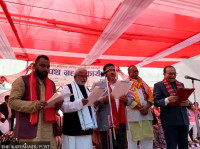


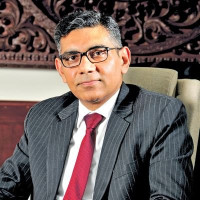

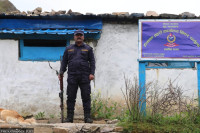




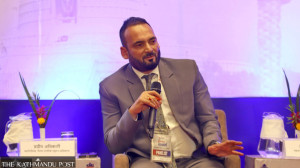


%20(1).jpg&w=300&height=200)

